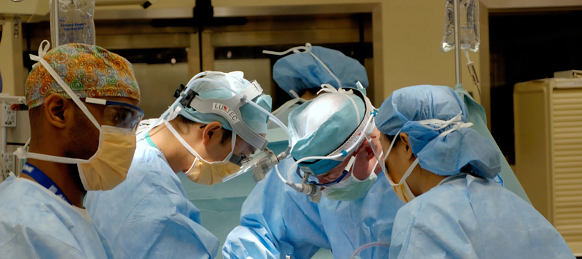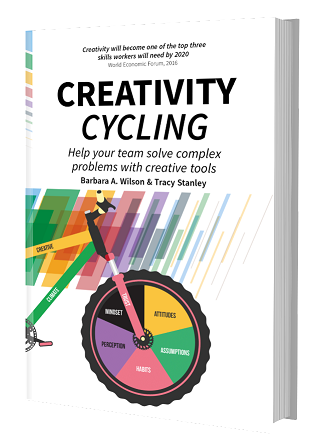
Creative leadership during the time of COVID-19
The world is facing a truly wicked problem as the Corona Virus spreads unabated. We watch with admiration, concern, horror, (tick which is most appropriate), as leaders grapple with what to do. It’s a problem for which there is currently no vaccine or cure and for which there are significant health management, economic and moral challenges.
Decisions being made as to how to manage during this pandemic reveal the values of leaders. I was reflecting on which leaders had employed creativity in how they have responded to this crisis. Let’s look at this by considering what is creative leadership.
What is creative leadership?
Creative leadership is a capacity to look at situations in different ways that others mightn’t have imagined. It’s also a willingness to embrace unlikely or unpopular positions. When faced with a complex problem, creative leaders bring together diverse others with deep experience. They arrive to a meeting with an open mindset, listen carefully and ask questions to more deeply understand and differentiate between facts, opinions and feelings. They give people a safe space to express what they are thinking and to offer ideas. Their goal is not so much to manage creativity, but to manage for creativity (Amabile & Khaire, 2008).
Why is creative leadership important?
In 2016, the World Economic Forum recognised that complex problem-solving skills, critical thinking and creativity were the top three skills required by our leaders. The reality is that more complex problems require new thinking. Creative leaders recognise that the best ideas do not necessarily come from the top in the organisation and they create the environment for new ideas to be seeded and encouraged throughout the organisation. This generation of new ideas is commonly identified as creativity. The bringing of these new ideas to life is called innovation.
What are the behaviors of a leader who is creative?
Firstly, they are open to learning. They are interested in unlikely and unpopular viewpoints. Innovation is more likely when people of different disciplines, backgrounds, and areas of expertise share their thinking. Creative leaders recognise the value of bringing these diverse specialists together to solve complex problems. They display behaviors of active listening, of being open to new ideas and of creating environments where people are safe to experiment and to fail. They recognise that time and resources needs to be provided for thinking differently.
Returning to the current pandemic let’s consider the following:
Which leaders have?
- Worked with diverse and informed others, be they people and organisations, to better understand the nature of the problem.
- Separated facts from feelings. Identified what is known and not known.
- Provided time and resources for potential solutions to be experimented with.
- Noted learning and admitted mistakes made.
Three leaders come to mind. Firstly, Jacinda Ardern, Prime Minister of New Zealand who quickly made the unpopular decision to move everyone into quarantine and for a long time. Angela Merkel, Chancellor in Germany has talked about how the science has influenced her decisions while Dan Andrews, Premier of Victoria in Australia has openly admitted his mistakes.
What other attributes have the best leaders displayed during this crisis? I’d love to hear what you think.
References
Amabile, T., & Khaire, M. (2008). Creativity and the role of the leader: your organization could use a bigger dose of creativity. Harvard Business School Review, December, 107-109.
Stanley, T. (2016). Work environments, creative behaviours and employee engagement (Doctoral dissertation – Queensland University of Technology)
Wilson, B. & Stanley, T (2018). Creativity Cycling: Help your team solve complex problems with creative tools

https://hbr.org/2008/10/creativity-and-the-role-of-the-leader